
Synthetic Biology: Building Artificial Cells for Medical Purposes
In this article we will delve into a fascinating territory, a world where life is recreated by the hands of man: synthetic biology.

In this article we will delve into a fascinating territory, a world where life is recreated by the hands of man: synthetic biology.

The animal world is a theater of wonders, a stage where nature shows ingenuity, adaptation, and mystery.
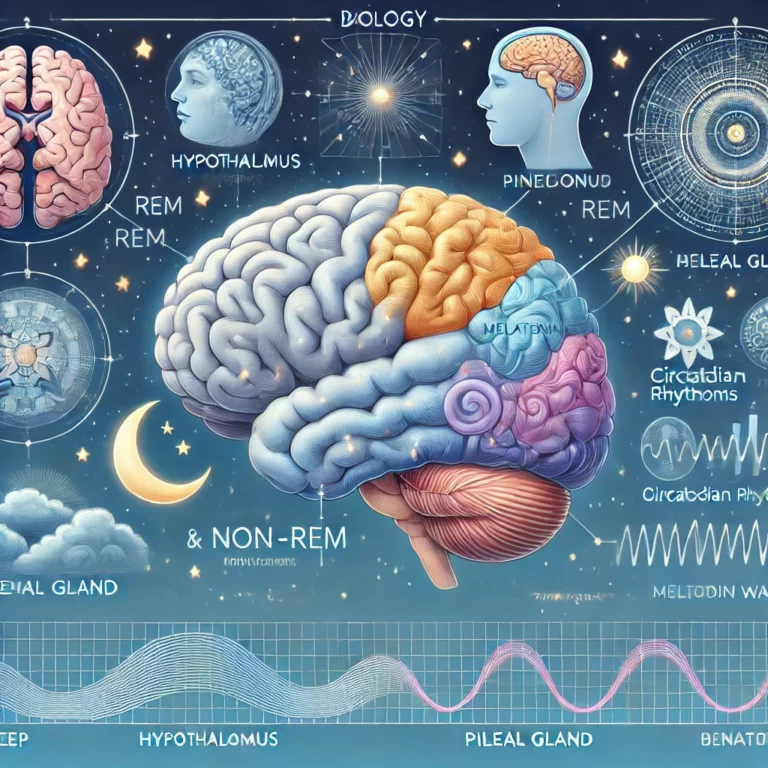
In this article we will explore the fascinating world of sleep, a universe of complex and delicate mechanisms essential for our health and well-being, with some surprises that come directly from the latest scientific research.
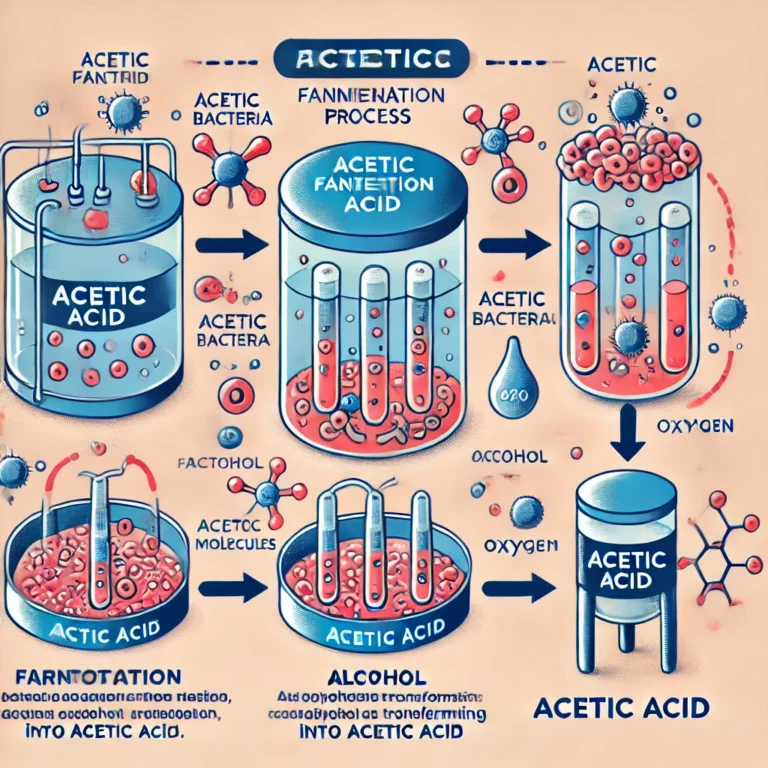
Today, we will embark on an extraordinary journey, an exploration into a universe invisible to the naked eye but teeming with life: the microscopic world behind our foods, a world where tiny organisms, like skilled craftsmen, work tirelessly to shape and transform the foods we bring to our tables.
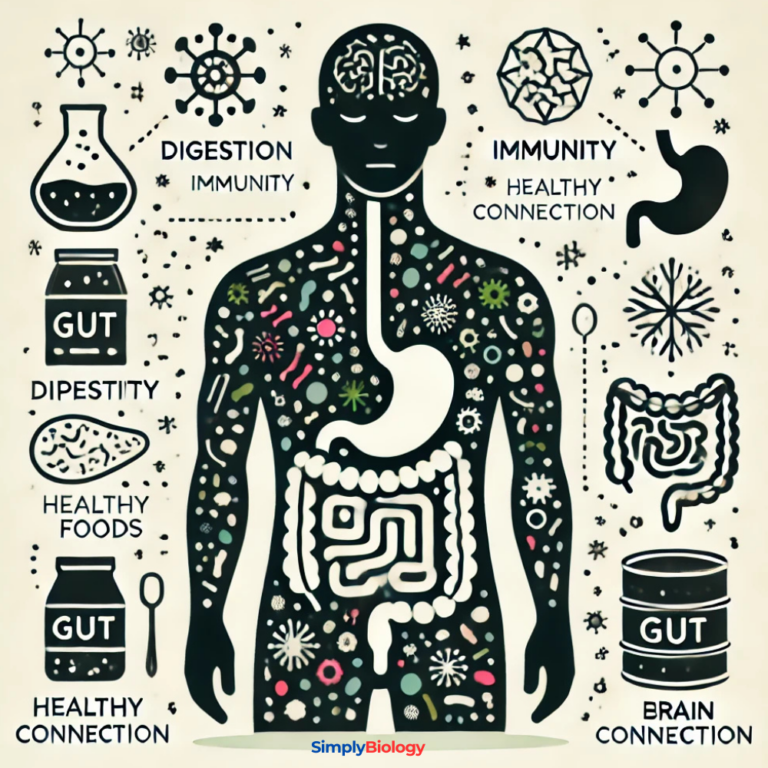
Imagine a universe teeming inside you, a hidden ecosystem that weighs almost as much as your brain but consists…
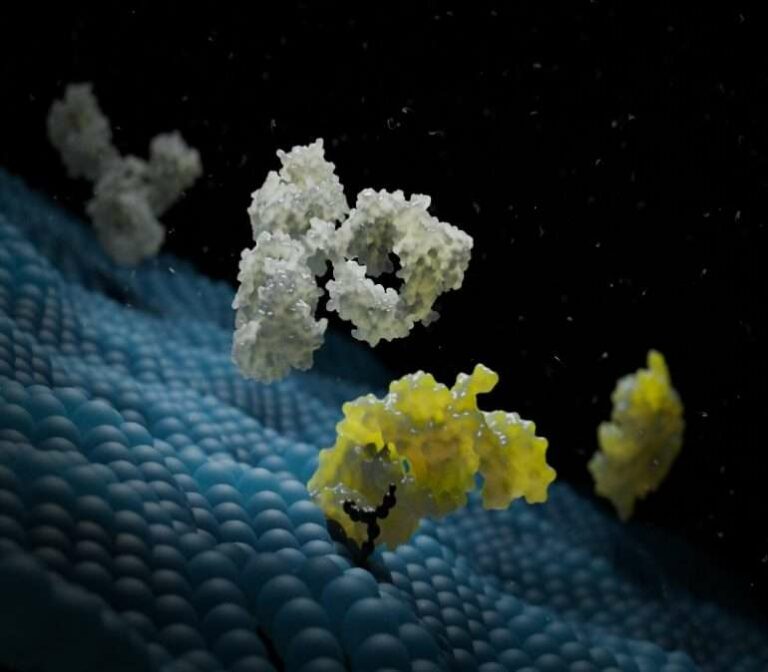
Aptamers are short sequences of DNA, RNA, or peptides that can bind highly specifically to biological targets, such as proteins, viruses, small molecules, or even entire cells. Due to their precision, aptamers are often compared to antibodies, but they offer advantages such as greater chemical stability, reduced production costs, and the possibility of in vitro synthesis.
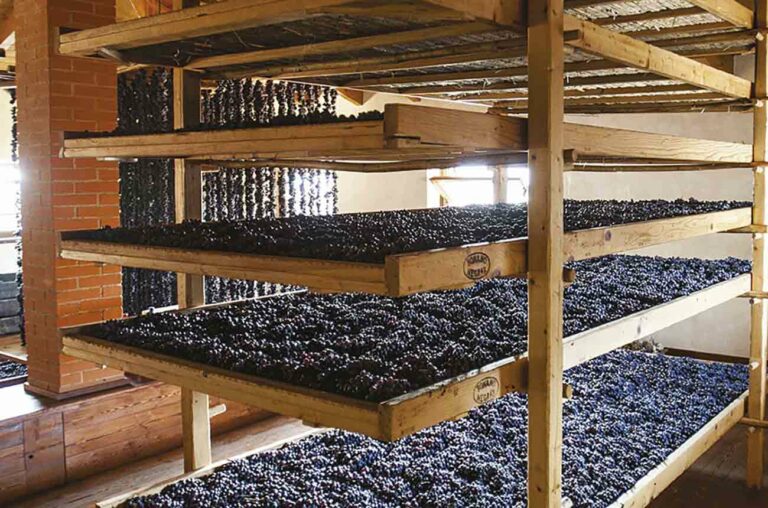
Appassimento is a traditional Italian winemaking method that involves drying harvested grapes to concentrate their juices. This process, used…
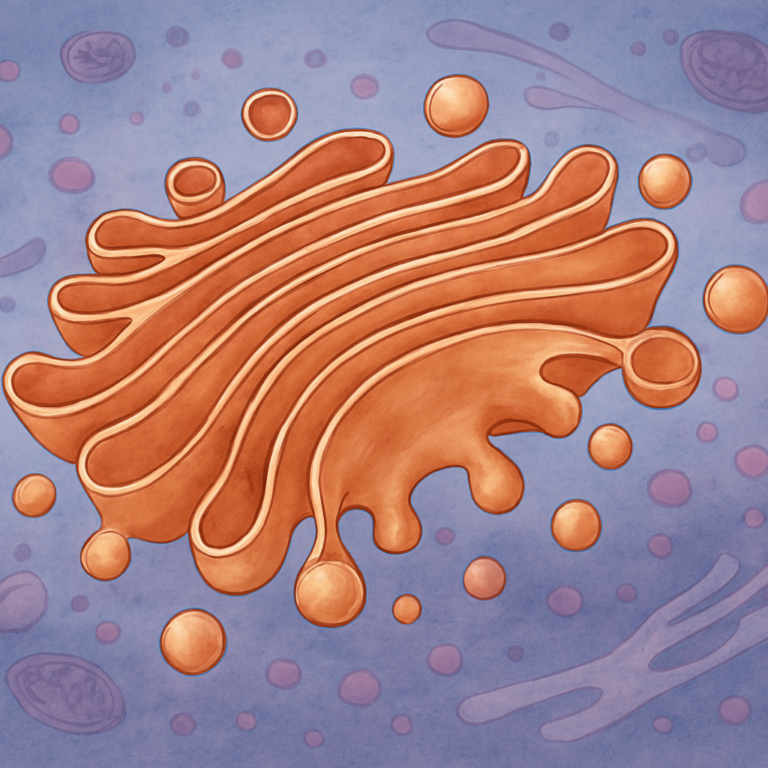
The Golgi apparatus, the essential sorting and modification center of eukaryotic cells, named after its Italian discoverer Camillo Golgi. This article illustrates its complex structure, made up of stacks of membranous sacs called cisternae, and its connection to the endoplasmic reticulum.
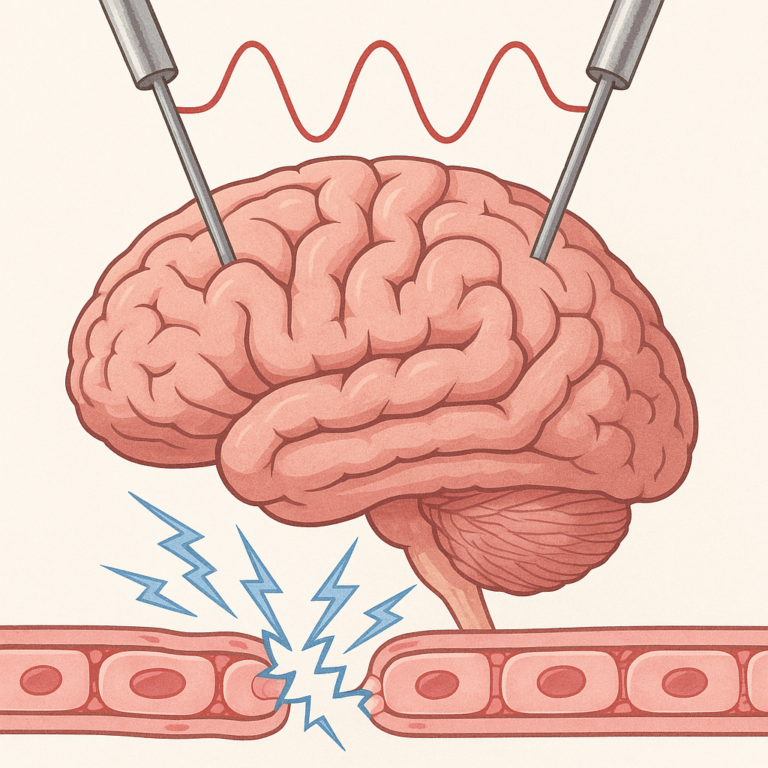
The blood-brain barrier (BBB) is a highly selective structure that protects the central nervous system (CNS) from potentially harmful…

The blood-brain barrier (BBB) is a highly selective structure that protects the central nervous system (CNS) from potentially harmful…
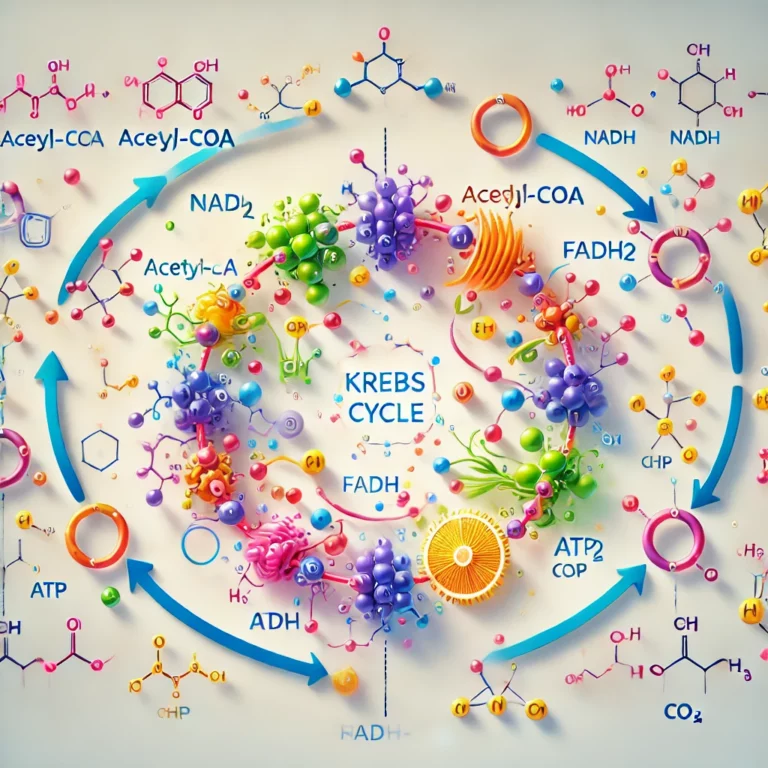
The Krebs cycle, also known as the citric acid cycle or tricarboxylic acid cycle, is the heart of the energy metabolism of aerobic cells.
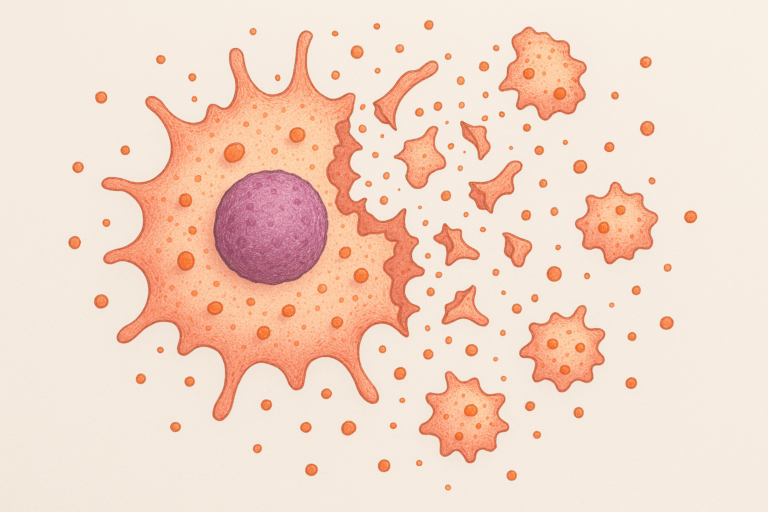
Introduction Apoptosis, also known as programmed cell death, plays a critical role in maintaining biological homeostasis. It is a…
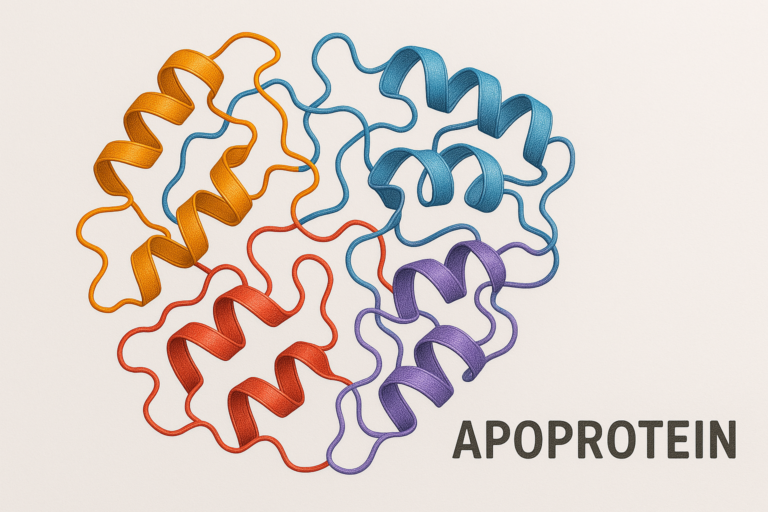
Apoproteins, also known as apolipoproteins, are protein components of lipoproteins, the complexes responsible for transporting lipids (fats) in the bloodstream.
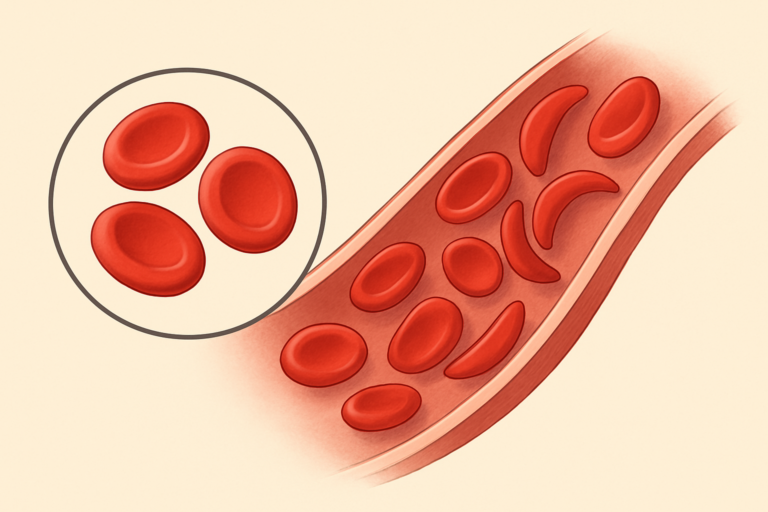
Introduction Anemia Mediterranea, more commonly referred to as Thalassemia, is a group of inherited blood disorders resulting in abnormal…